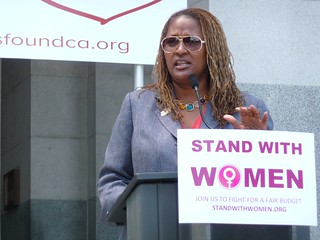 Rhode Island town uses Kickstarter approach to government
Rhode Island town uses Kickstarter approach to government
by Brian Leubitz
While not strictly California news, with the number of California cities in bankruptcy right now, the story of a town in Rhode Island looking to crowdfunding is worth a read:
Central Falls, Rhode Island went bankrupt in 2011 after promising overly generous pensions to city employees. The city pulled itself out of bankruptcy last year and must now stick to a penny-pinching plan with no room for error or for luxuries like trash cans and public art. As a result, the impoverished city is getting creative: it’s now raising $10,044 on the civic crowdfunding platform Citizinvestor in order to clean up its main public park. It’s raised $245 so far. ([The Verge ])
Lest we think this is all very far away, San Mateo County is using the site to ask for money for fire rings at a county park and several other projects. The site is a bit spartan now, but it seems to be a growing business.
At one point in our history, taxes were used as the “crowdfunding” in order to purchased shared goods and services. Now that we have decided low taxes are more important than a government that can meet our needs, “luxuries” like bike parking and fire rings are supposed to be paid for out of your own good will.
Now, the service does allow for tax deductions, but shouldn’t we be focused on fixing the problems that are at the heart of these problems? For years, the “waste, fraud, and abuse” line was trotted out at every turn, with very little actual evidence as taxes were slashed. And now we are dealing with the ramifications, municipalities are forced to seek “out of the box” solutions that rely on good will alone.
It seems a risky proposition, at the very least.


